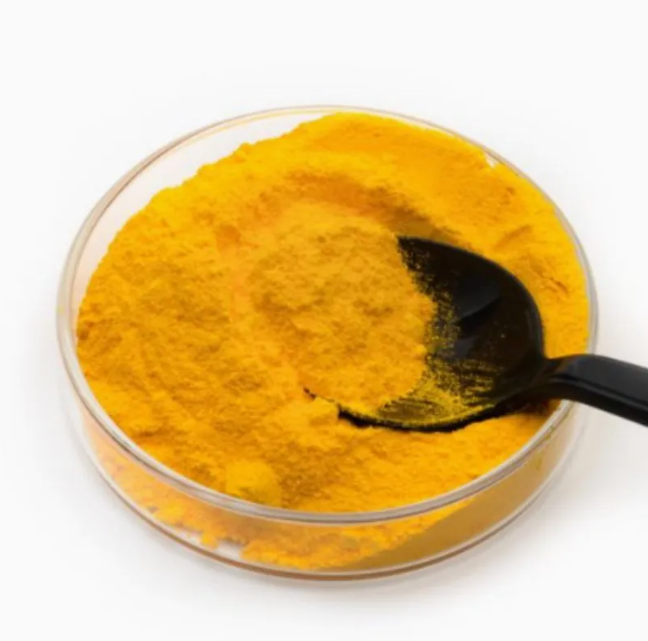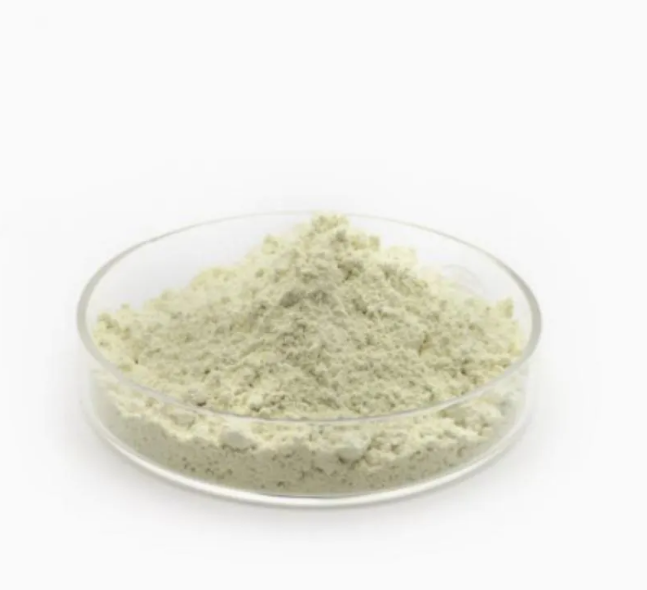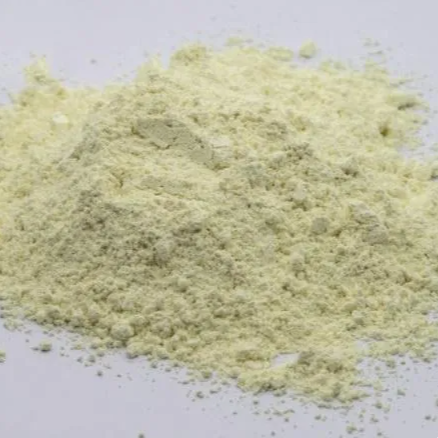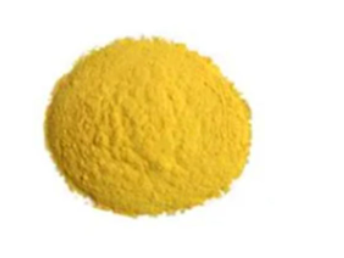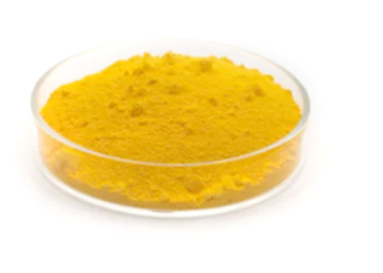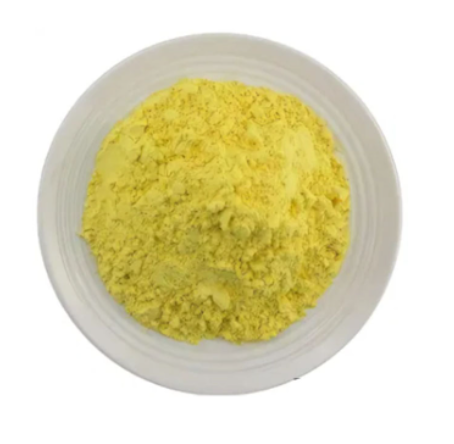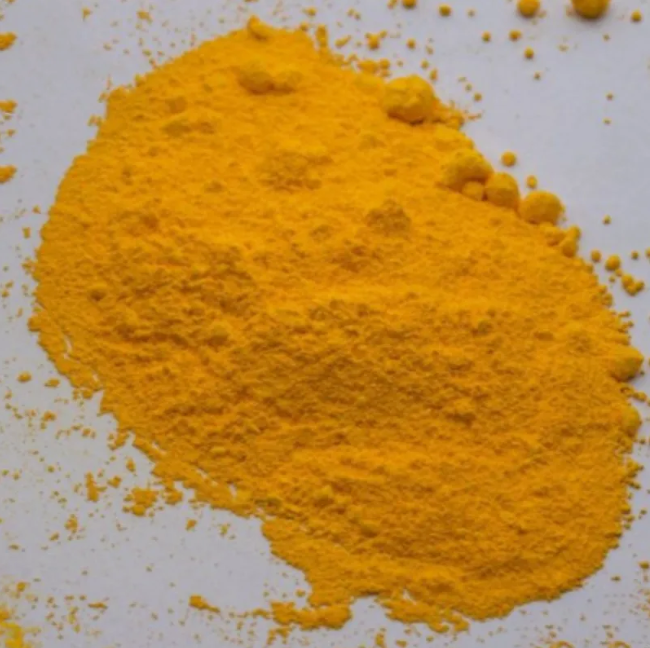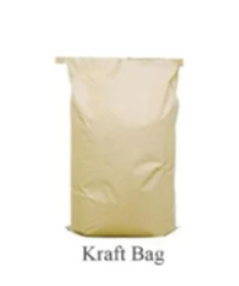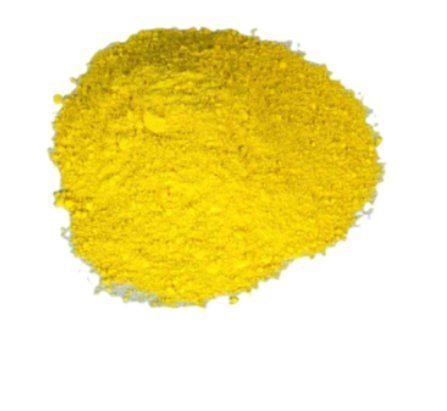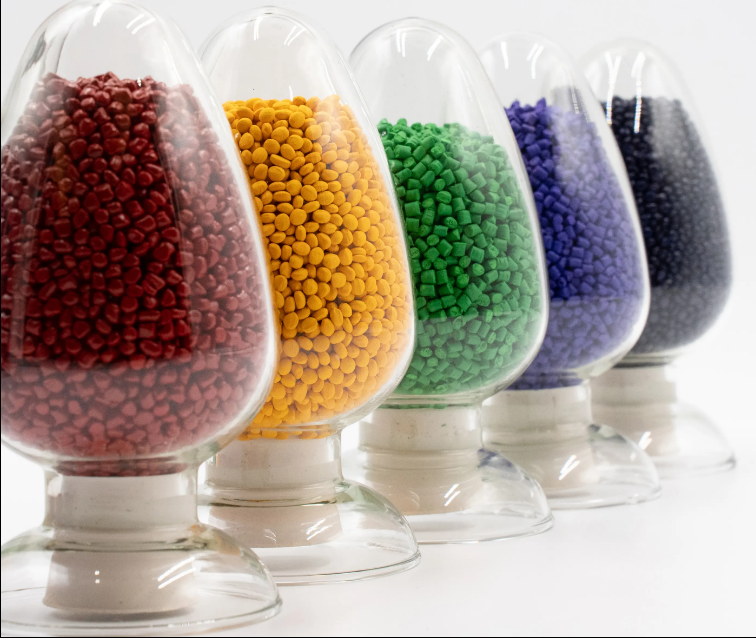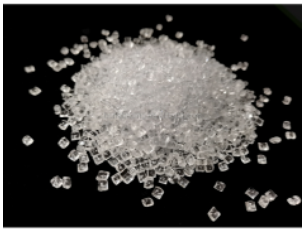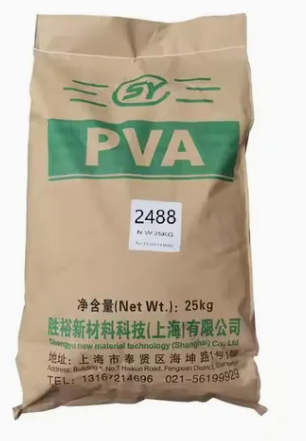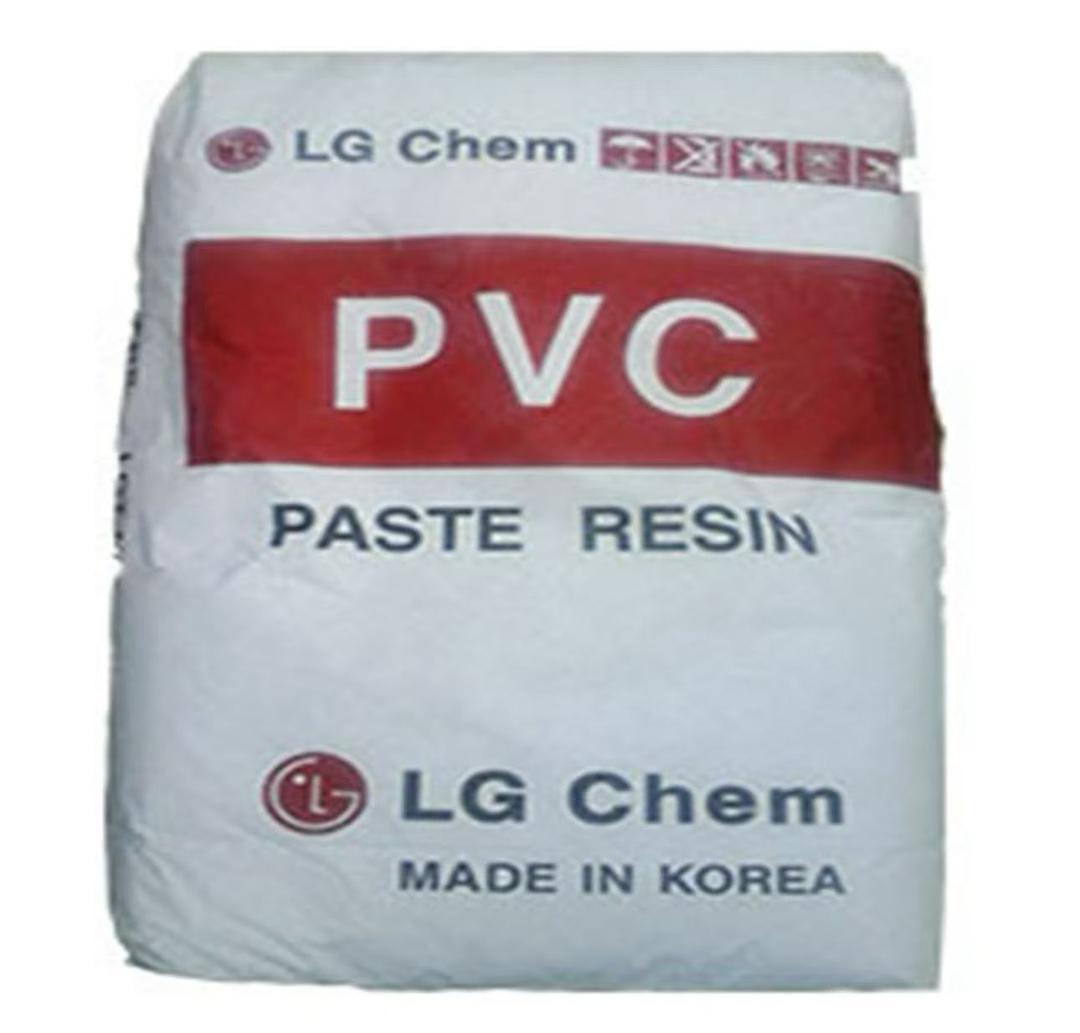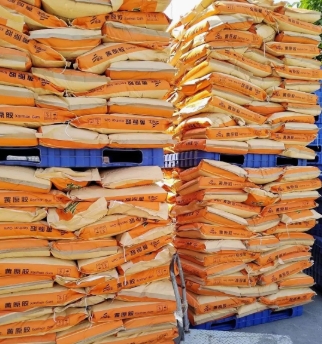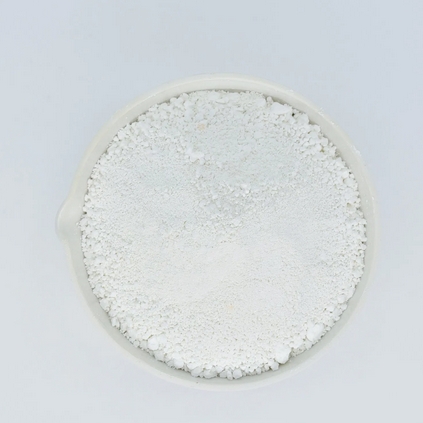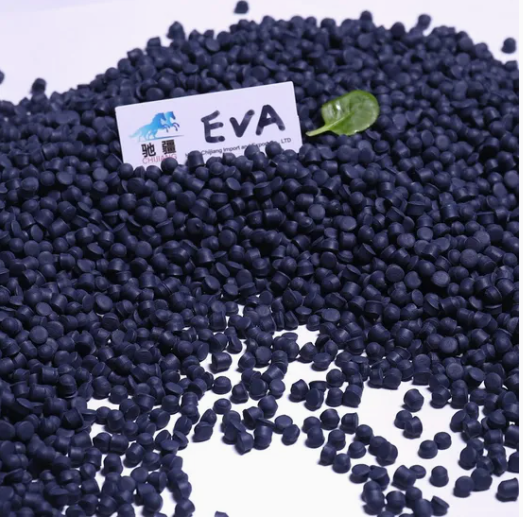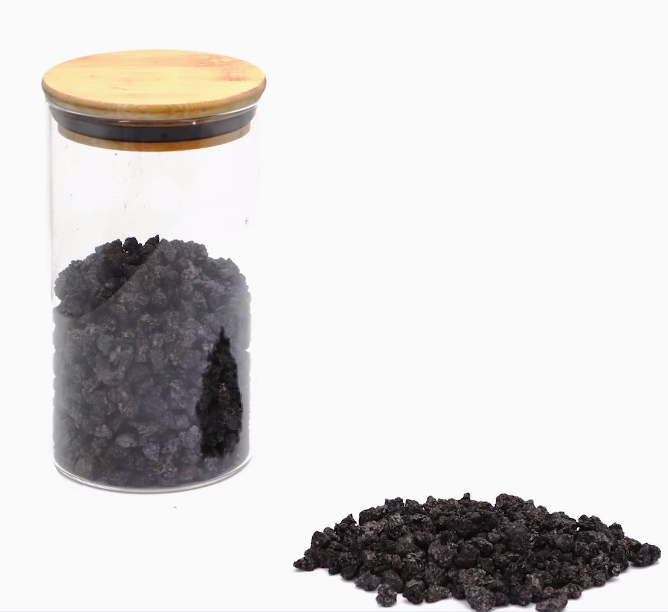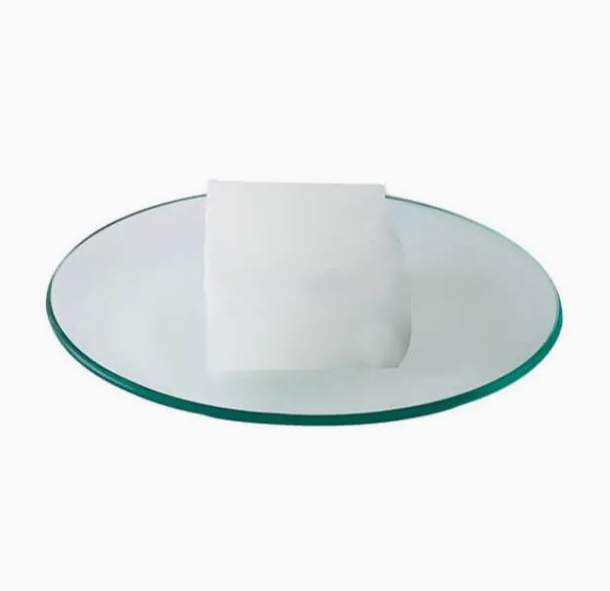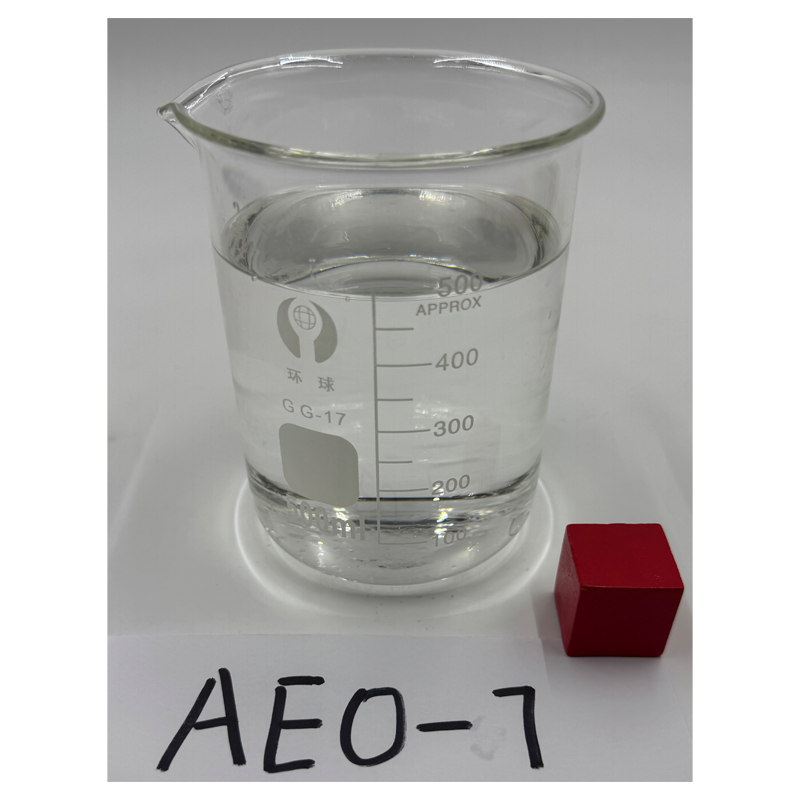Pigment Yellow 184, Bismuth Vanad Yellow/ Bismuth Vanadium Oxide
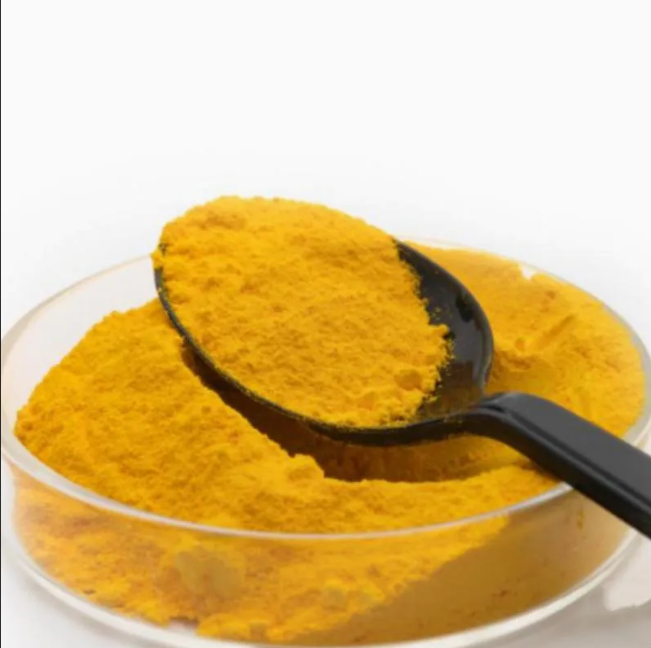
Pigment Yellow 184, Bismuth Vanad Yellow/ Bismuth Vanadium Oxide
1. Electronic information industry** - **Varistor and ceramic capacitor**: - As an additive for ZnO varistors (accounting for about 1-5%), it improves the nonlinear coefficient and aging resistance, and is used in surge protectors and power circuit protection; - Used to prepare bismuth-based layered ceramics (such as Bi₄Ti₃O₁₂), as ferroelectric materials and dielectric materials, used in capacitors and memories. - **Semiconductors and optoelectronics**: - The high oxygen ion conductivity of δ-Bi₂O₃ is used as electrolyte for solid oxide fuel cells (SOFCs); - Bi-based semiconductors (such as Bi₂Se₃, Bi₂Te₃) are used as topological insulators for quantum computing and nanoelectronic devices. #### **2. Catalyst field** - **Environmental catalyst**: - Used as automobile exhaust treatment catalyst (compounded with precious metals such as Pd and Pt) to improve the conversion rate of CO and hydrocarbons (HC); - Photocatalyst: Bi₂O₃ and TiO₂ are compounded to enhance visible light response and are used to degrade organic pollutants (such as dyes and pesticides). - **Chemical synthesis catalyst**: - Used as an acidic or alkaline catalyst in ester synthesis and dehydrogenation reactions to replace traditional highly corrosive inorganic acids. #### **3. Medicine and cosmetics** - **Medicine**: - Bismuth trioxide itself is non-toxic, and its derivatives such as bismuth subnitrate (BiONO₃) and bismuth subcarbonate (BiOCO₃OH) are used in stomach medicine to treat gastric ulcers and diarrhea (neutralize gastric acid and protect gastric mucosa); - Bismuth-containing compounds (such as potassium bismuth citrate) are key ingredients in anti-Helicobacter pylori drugs. - **Cosmetics**: - Nano Bi₂O₃ is used in sunscreen as a physical sunscreen (reflecting ultraviolet rays). When the particle size is less than 100 nm, it has both transparency and protection, which is better than traditional ZnO and TiO₂. #### **4. Glass and ceramic industry** - **Optical glass**: - High refractive index (n≈2.0), low dispersion, used to manufacture optical components such as lenses and prisms (such as telescopes and microscopes); - Glass containing Bi₂O₃ has high density and radiation shielding ability, and is used for nuclear industry peep windows and medical protective glass. - **Ceramic pigments and glazes**: - As a yellow pigment (compounded with Sb and Ti), it is used in ceramic glazes and enamels, with bright colors and high temperature resistance (no fading at >800℃). #### **5. Other applications** - **Flame retardant materials**: - Used in conjunction with halogen flame retardants to replace the more toxic antimony trioxide (Sb₂O₃), and used in plastics and rubber (such as wire and cable sheaths); - Principle: Releases crystal water at high temperatures to dilute combustible gases, while forming a bismuthate protective layer to block oxygen.


